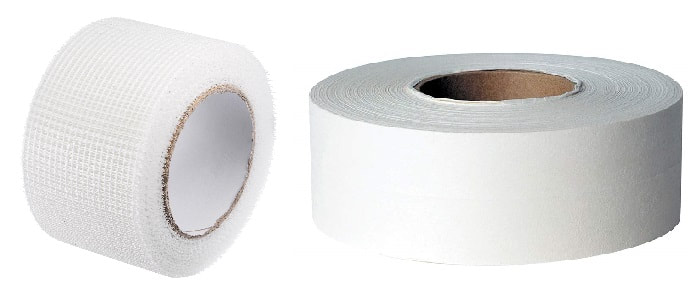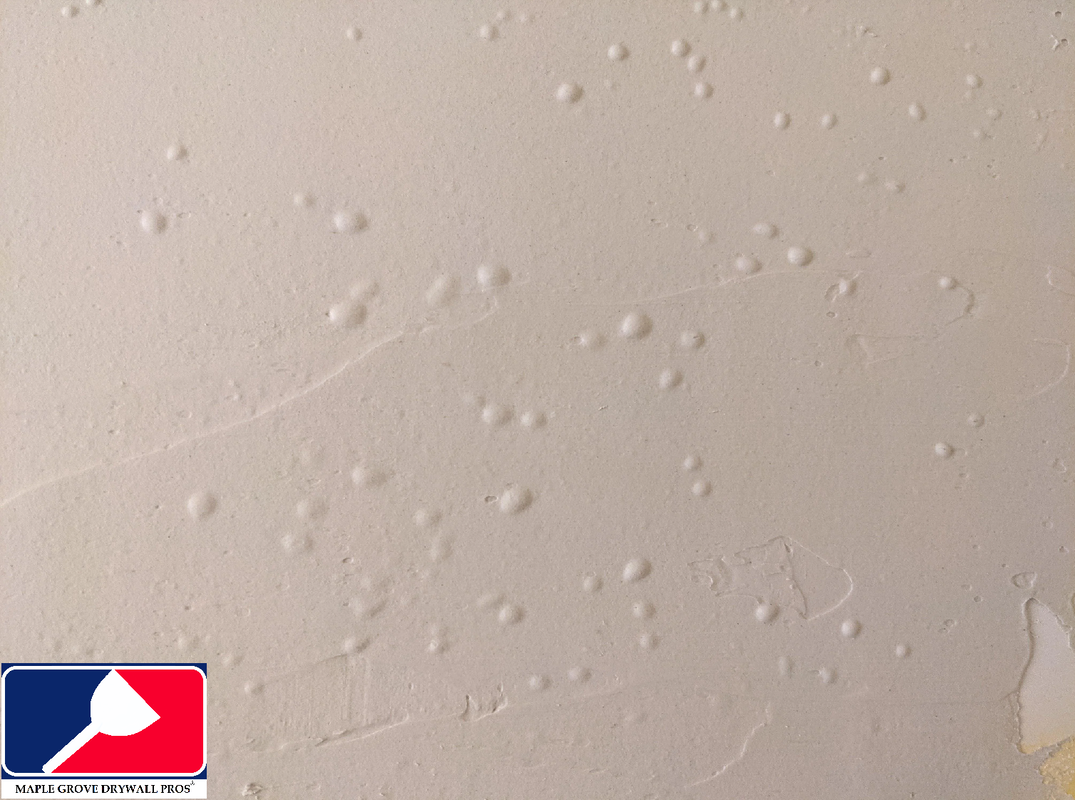|
Drywall tape is an essential component in finishing drywall as it helps to conceal seams and joints between sheets of drywall. There are two main types of drywall tape available: mesh drywall tape and paper drywall tape. In this blog post, we will explore the pros and cons, differences, and best practices of using both mesh drywall tape and paper drywall tape, as well as provide instructions on how to utilize each.
Pros and Cons of Mesh Drywall Tape Mesh drywall tape has several benefits and drawbacks. The benefits of using mesh drywall tape include: Pros:
Cons:
Paper drywall tape also has several benefits and drawbacks. The benefits of using paper drywall tape include: Pros:
While both mesh drywall tape and paper drywall tape are used to cover seams and joints in drywall, there are several differences between the two. Some of these differences include:
0 Comments
Air bubbles are a common problem faced by those who are mudding drywall. They occur when air becomes trapped under the layer of mud applied on the drywall. This can result in an uneven surface, making the wall look unsightly and difficult to paint. In this blog post, we will explain what air bubbles are when mudding drywall, how they occur when mudding over drywall that has been painted, and tips on how to prevent air bubbles in drywall mud.
What are air bubbles when mudding drywall? Air bubbles are pockets of air that become trapped under the layer of mud applied to drywall. This can happen when the mud is not applied evenly or when it is not smoothed out properly. The result is an unsightly surface that is difficult to paint. Air bubbles are also a sign that the mud was not properly mixed or applied, which can impact the overall quality of the finish. How do air bubbles occur when mudding over drywall that has been painted? Air bubbles can occur when mudding over drywall that has been painted for several reasons. First, the paint may have been applied unevenly, leaving pockets of air underneath the mud. Second, the paint may not have had enough time to fully dry before the mud was applied. This can result in air pockets forming under the mud as it dries. Finally, if the mud is not applied evenly, it can cause air bubbles to form. Tips on how to prevent air bubbles in drywall mud
|
MGDPDiscover the latest tips and techniques for drywall installation from industry experts. Learn about the best tools, materials, and safety measures for your next project. Get expert insights and advice for contractors and homeowners. ArchivesCategories |



 RSS Feed
RSS Feed
